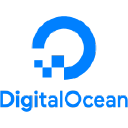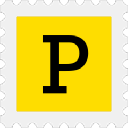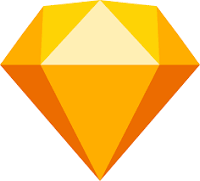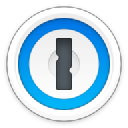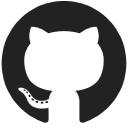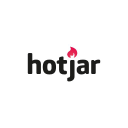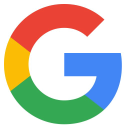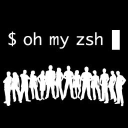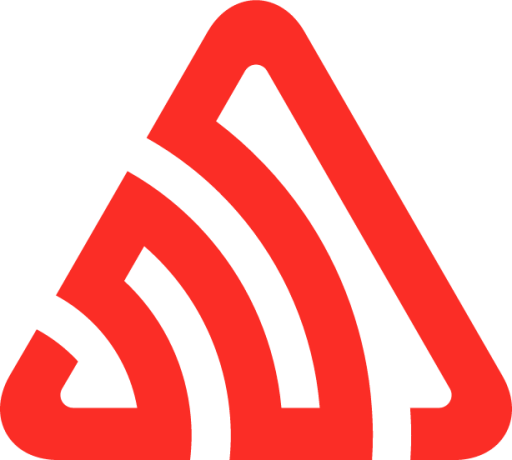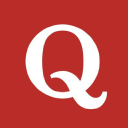How I Developed A $1.5K/Month Facebook Messenger App For Desktop
Hello! Who are you and what business did you start?
Hey! I'm Alexandru and I built Messenger for Desktop, a simple app that lets you use Facebook Messenger from your Mac or Windows computer.
It began as a side-project 5 years ago, after which I was lucky to be able to turn it into a small business. Since then, Messenger for Desktop has had over 10 million downloads and currently, there are 100,000+ monthly active users.

What's your backstory and how did you come up with the idea?
Messenger for Desktop was born in May 2015. Back then I was attending high school in Romania and had a lot of free time.
People would always reach out to me with great feedback about what they liked and what they’d like to have.
My light bulb moment was when...

Download the report and join our email newsletter packed with business ideas and money-making opportunities, backed by real-life case studies.

Download the report and join our email newsletter packed with business ideas and money-making opportunities, backed by real-life case studies.

Download the report and join our email newsletter packed with business ideas and money-making opportunities, backed by real-life case studies.

Download the report and join our email newsletter packed with business ideas and money-making opportunities, backed by real-life case studies.

Download the report and join our email newsletter packed with business ideas and money-making opportunities, backed by real-life case studies.

Download the report and join our email newsletter packed with business ideas and money-making opportunities, backed by real-life case studies.

Download the report and join our email newsletter packed with business ideas and money-making opportunities, backed by real-life case studies.

Download the report and join our email newsletter packed with business ideas and money-making opportunities, backed by real-life case studies.

